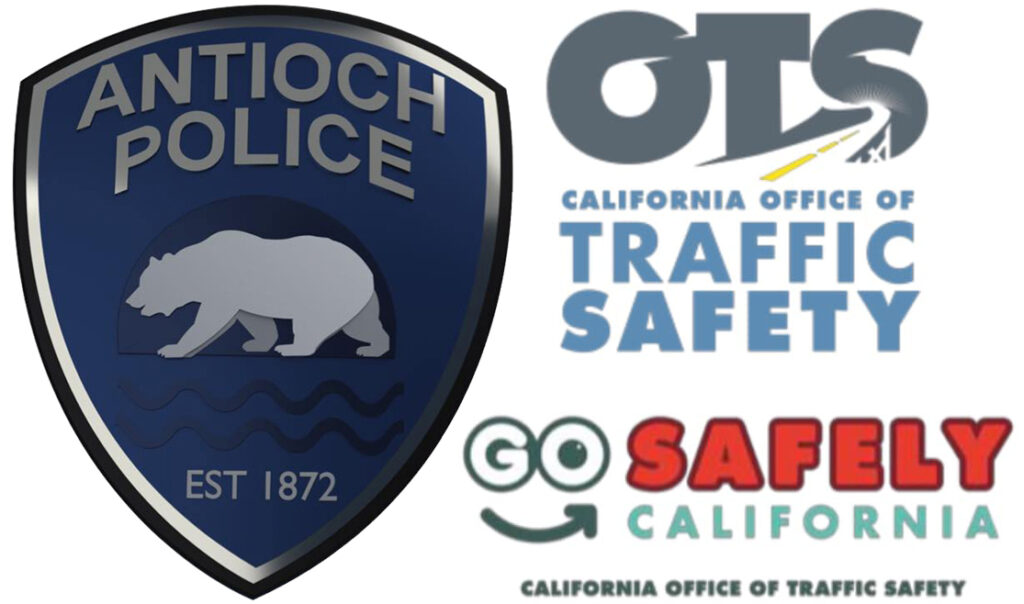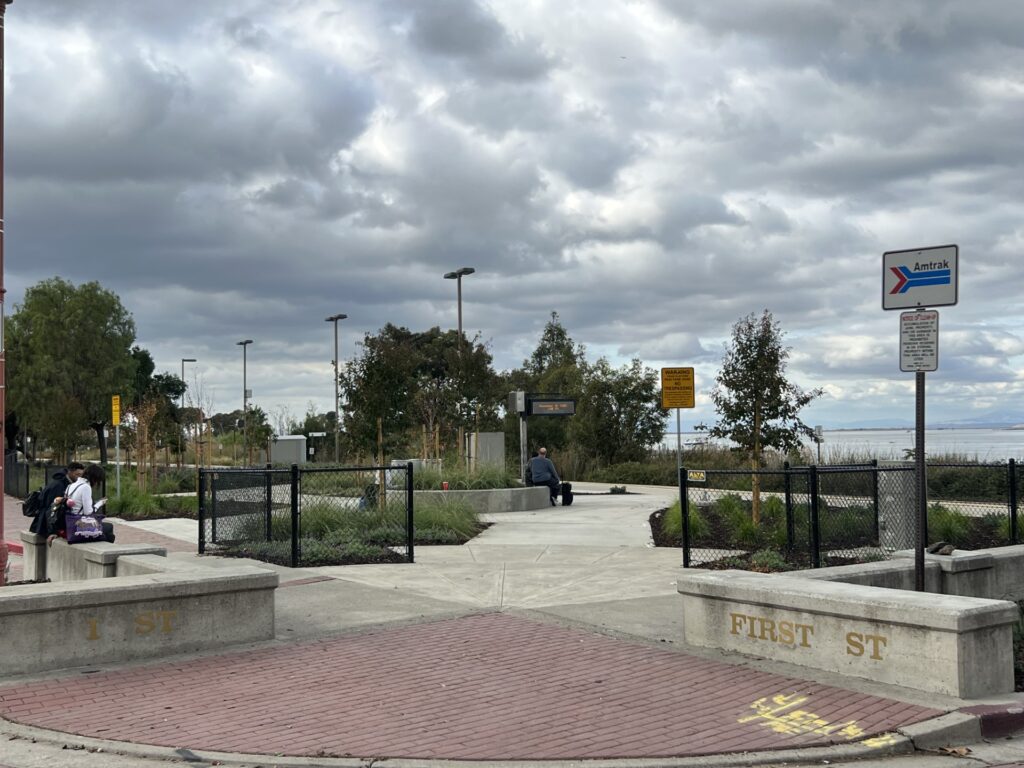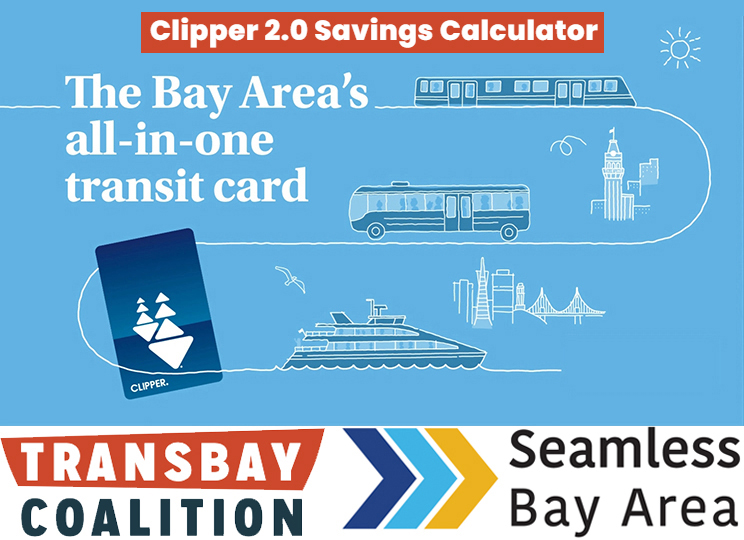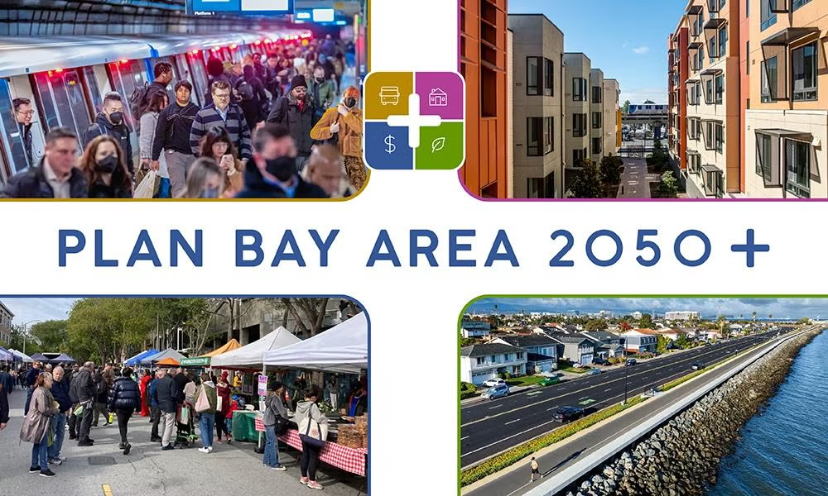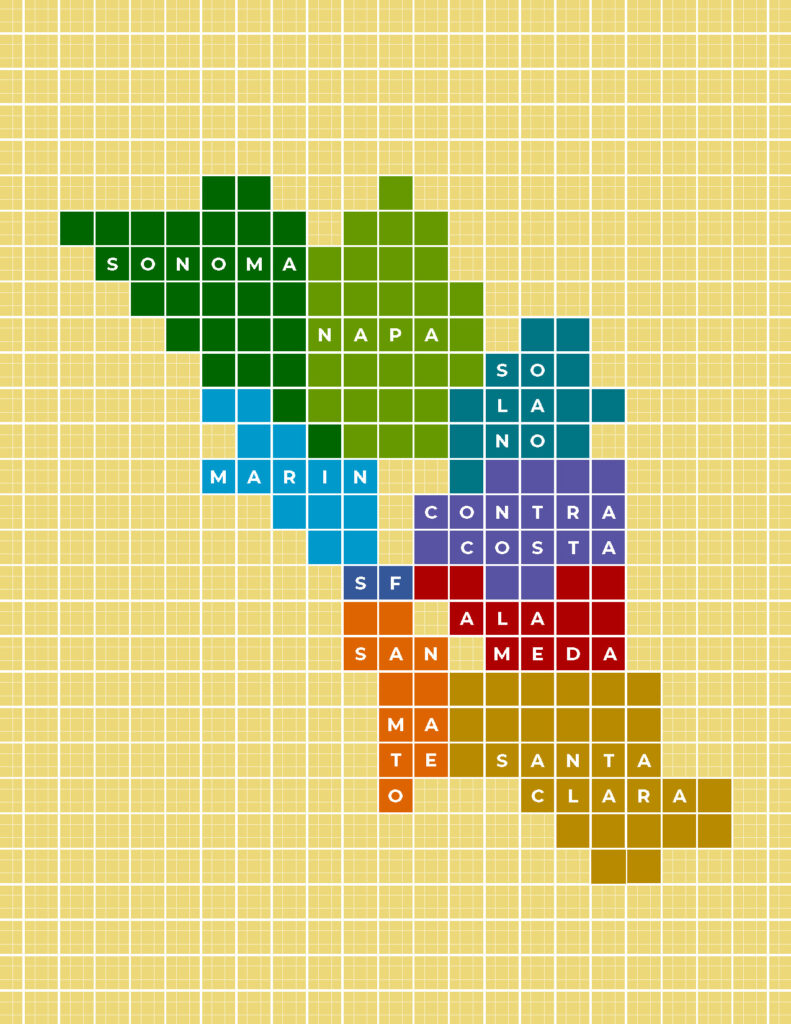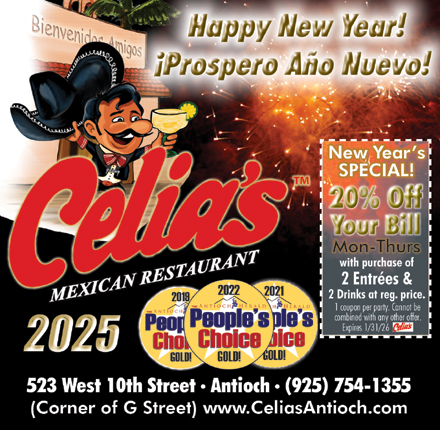Law firm offers free New Year’s Eve Uber rides across California
Wednesday, December 31st, 2025
Includes major regions such as the Bay Area, Stockton, Santa Rosa, Sacramento, Modesto, Madera, Fresno, Bakersfield, Ventura/Oxnard, Salinas, Los Angeles and San Diego
By Karla Fernandez, Public Relations, Market My Market
New Year’s Eve is consistently one of the deadliest nights of the year to be on the road. According to the National Highway Traffic Safety Administration, alcohol-impaired driving accounts for about 37% of traffic deaths during the New Year’s holiday period, with fatal crashes peaking during late-night hours between 9 p.m. and 3 a.m.
Nationwide, the National Safety Council projects more than 500 traffic fatalities during major holiday travel periods, and NHTSA reports that roughly one-third involve alcohol-impaired drivers – a risk that intensifies during overnight celebrations like New Year’s Eve.
To help reduce that risk, Setareh Law is offering free Uber rides (up to $20 each) across eligible California counties, giving people a safe way to get home on New Year’s Eve without getting behind the wheel.
This initiative is part of a broader community safety effort aimed at reducing impaired driving and helping more people get home safely during one of the busiest travel nights of the year.
Daniel Setareh, Founder of Setareh Law, explains, “New Year’s Eve is a time for celebration, not tragedy. After fighting for justice for families who have been forever impacted by impaired drivers, we want to do our part to help prevent these accidents before they happen. If one free ride will keep someone safe, then this effort is worth every bit of it.”
Here’s How It Works (Step by Step):
Step 1: Request Your Voucher
Fill out the short form on the official campaign page to request your Uber voucher. Once approved, you’ll receive a unique Uber voucher link by email.
Step 2: Add Your Voucher to the Uber App
Click the link in your email and the voucher will automatically load into your Uber app.
Step 3: Take Your Free Ride (Dec 31–Jan 1)
Use the voucher anytime between:
5:00 PM on December 31 through 10:00 AM on January 1
Your ride must start or end in one of the eligible California counties.
Eligibility Requirements:
To qualify for the free ride, users must:
- Be 21 years or older
- Have an active Uber account
- Take the ride during the campaign window (Dec 31–Jan 1)
- Start or end the ride in an eligible California county
- Limit: one voucher per Uber account
- Offer is limited to the first 300 vouchers
The voucher covers one one-way ride up to $20 (tip not included).
Eligible California Counties
Contra Costa, Alameda, San Francisco, San Mateo, Santa Clara, Sacramento, Fresno, San Joaquin, Stanislaus, Sonoma, Kern, Ventura, Monterey, and Madera, Los Angeles, Orange, Riverside, San Bernardino and San Diego.
Only rides that start or end in an eligible county will qualify. The Uber app will automatically prevent the voucher from applying outside approved areas.
About Setareh Law
Setareh Law, APLC, is a California-based personal injury law firm dedicated to representing individuals and families harmed by negligence. Founded by attorney Daniel Setareh, the firm handles serious injury cases including car accidents, drunk-driving crashes, catastrophic injuries, and wrongful death. With offices across California, Setareh Law is committed to providing hands-on legal representation, personalized client care, and strong advocacy both inside and outside the courtroom.












